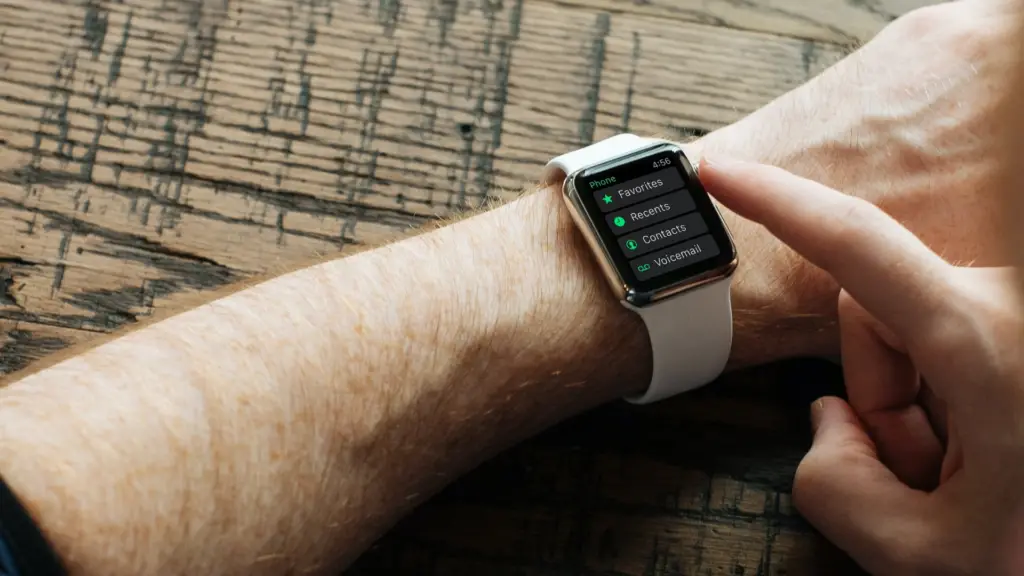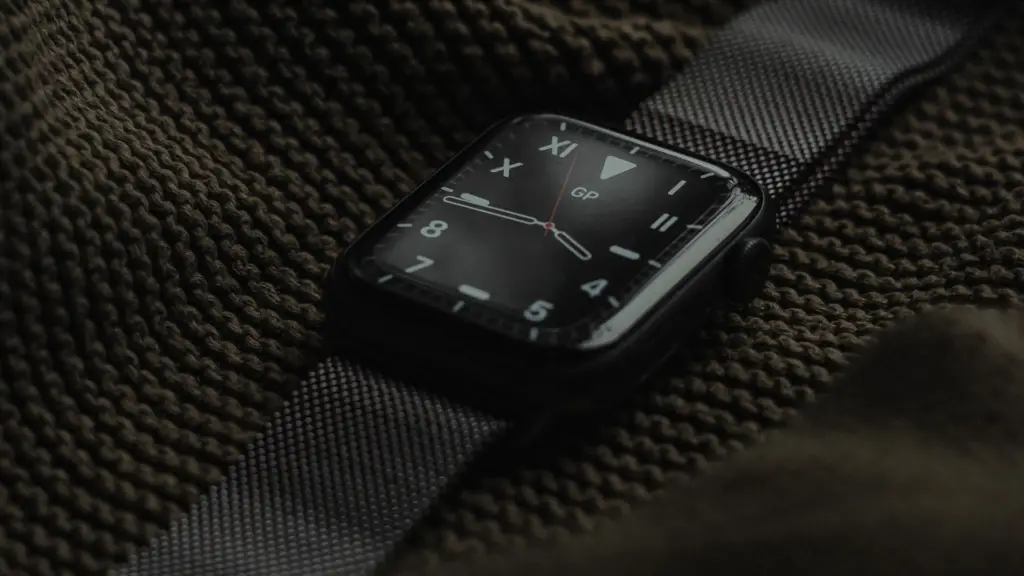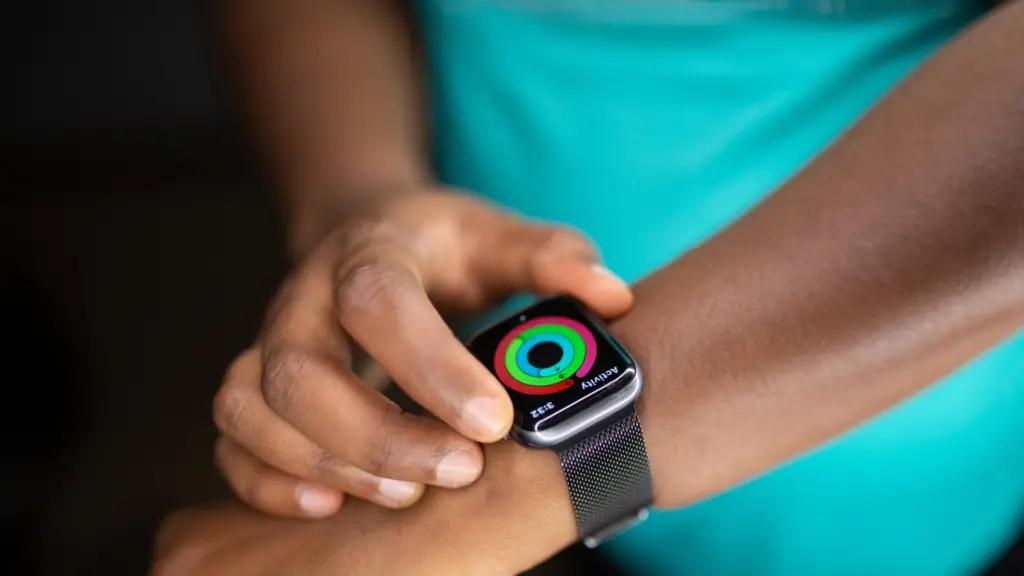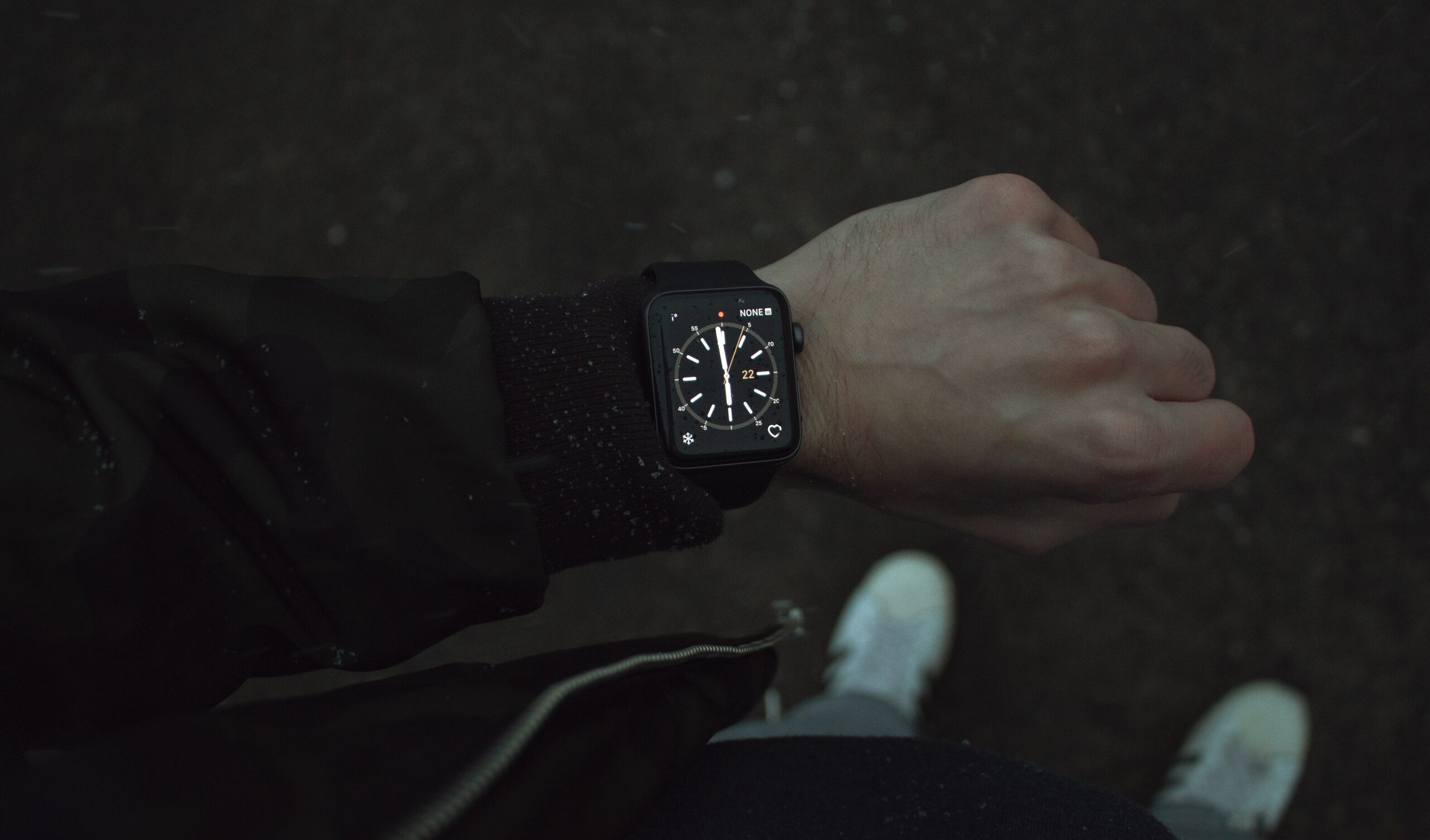Will My Apple Watch Work If My Phone Is Dead? (Answered!)

Your Apple Watch is a handy companion to your iPhone, but what happens when your iPhone is dead or simply not around? Will your Apple Watch still be your reliable, go-to gadget?
In this article, we’ll uncover what your Apple Watch can and can’t do when it’s on its own. Let’s explore its capabilities and constraints together.
Will my Apple Watch Work if My Phone Is Dead?

To answer directly: yes, your Apple Watch can function even if your iPhone is dead or powered off. However, the full range of capabilities available depends on several factors, including your specific watch model and its connectivity options.
Primarily, the Apple Watch is designed to work alongside an iPhone. A lot of its features such as iMessage, phone calls, and app notifications, heavily rely on a connected iPhone to provide these services. When your iPhone dies, the Apple Watch may lose access to data-driven services that aren’t available through other means like Wi-Fi or a cellular data connection.
However, the Apple Watch isn’t entirely incapacitated when your iPhone is dead. For instance, it can still track your physical activity, allow you to see the time, set alarms and timers, and even play music that’s been downloaded directly to the watch.
For those with a cellular model of the Apple Watch, you can still send and receive messages, make phone calls, and use data-driven features such as Maps even when your iPhone is turned off. This functionality is possible because the cellular watch essentially has its own independent connection to your mobile network.
Wi-Fi also plays a crucial role in this scenario. If your Apple Watch is connected to a known Wi-Fi network, it can perform several tasks that would normally require an iPhone such as sending and receiving messages, making VoIP calls like FaceTime audio, checking the weather, and more.
Apple Watch Features Accessible Without an iPhone

While principally intended to harmonize with an iPhone, the Apple Watch carries a host of features that function independently. This self-sufficiency proves valuable, especially when your iPhone is unavailable due to drained battery, distance, or being switched off.
Let’s delve into the core features your Apple Watch can perform without a connected iPhone:
- Timekeeping: As a quintessential watch, the Apple Watch provides the time, alarms, timers, and stopwatch capabilities, irrespective of your iPhone’s status.
- Health and Fitness Tracking: The Apple Watch stands as a top-tier health and fitness companion. It diligently tracks your heart rate, workouts, steps, and calories burned, storing this data locally for later syncing with your iPhone.
- Music Playback: Fancy a tune? If you’ve downloaded songs to your Apple Watch from Apple Music, they’re ready for your listening pleasure via Bluetooth headphones, no iPhone necessary.
- Apple Pay: If you’ve already set up your Apple Pay on your Apple watch, you can make without the need for your iPhone.
- Photos: Peruse any photos synced to your Apple Watch even without an iPhone at hand.
- Standalone Apps: A plethora of Apple Watch apps are designed to function autonomously from the iPhone, particularly those tailored to work offline or leverage the Watch’s Wi-Fi or cellular data connections.
For the proud owners of a cellular Apple Watch, there’s even more in store:
- Messaging and Calling: You can readily send/receive messages and make/receive calls straight from your cellular Apple Watch, with no iPhone involved.
- Data-Driven Features: As long as you have a cellular data connection on your watch, you’re free to use Maps, check the weather, or even stream music from Apple Music.
Please note that the exact range of features may vary based on your Apple Watch model, your selected settings, and the availability of Wi-Fi or cellular data connection. Regardless, even in the absence of an iPhone, your Apple Watch continues to be a potent and versatile device.
Key Limitations of an Apple Watch Without an iPhone
While the Apple Watch boasts a measure of independence, a disconnected iPhone imposes certain constraints on its capabilities. Let’s explore some key limitations you may encounter:
1. Limited Access to Notifications: The Apple Watch is renowned for displaying notifications from your iPhone. But, without a connected iPhone, these notifications are inaccessible, thus diminishing its role as a communication tool.
2. Curtailed App Functionality: Some apps perform independently, but many—especially third-party ones—require an iPhone for full functionality. Absent an iPhone, these apps might only offer limited features or cease functioning entirely.
3. No New App Installations: Eager to install new apps on your Apple Watch? You’ll need an iPhone. The App Store on the Apple Watch hinges on a paired iPhone to download and install apps.
4. Lack of Software Updates: Without an iPhone, you can’t update the software on your Apple Watch, meaning you could miss out on the latest features or security patches.
5. Limited Siri Capabilities: Siri, Apple’s voice assistant, performs optimally when your Apple Watch is paired with an iPhone. Siri’s functionality may be limited without an iPhone, depending on your Wi-Fi or cellular data connection.
6. Loss of Camera Remote Feature: An unsung feature of the Apple Watch is its ability to act as a remote viewfinder for your iPhone’s camera. Without an iPhone, this feature is regrettably inactive.
7. No Cellular Data on GPS-Only Models: If you own a GPS-only Apple Watch, it lacks independent cellular data connectivity. Therefore, features requiring a data connection (e.g., messaging, calling, streaming) won’t function if your iPhone is dead or out of range.
While these restrictions might appear significant, remember that the Apple Watch is designed to supplement the iPhone, not replace it. Despite these limitations, the Apple Watch offers a remarkable suite of features that function without an iPhone. Nonetheless, for an optimal Apple Watch experience, keeping it paired and connected with your iPhone is crucial.
Understanding Apple Watch Cellular Models
In an effort to make the Apple Watch more independent of the iPhone, Apple has introduced cellular models to the product lineup. These models include all the standard features of an Apple Watch but add the ability to connect to cellular data networks. Let’s explore what this means and how it changes the way your Apple Watch operates when your iPhone is unavailable.
1. Cellular Data Connection: The key distinction of Apple Watch cellular models is their ability to connect to cellular data networks, similar to a smartphone. This means that even if your iPhone is dead or out of range, your watch can still access data, send and receive messages, make and receive calls, use apps, and more.
2. Independent Functionality: With a cellular data connection, your Apple Watch becomes much more functional as a standalone device. You can stream music, use Siri, navigate with Maps, and do almost anything else that would typically require an iPhone.
3. Extra Cost: It’s important to note that the cellular data functionality comes at a cost. Cellular models of the Apple Watch are more expensive than their GPS-only counterparts. Plus, using your watch on a cellular network usually requires an additional fee on your monthly mobile bill.
4. Battery Usage: Cellular data connections use more power than Bluetooth or Wi-Fi connections. Thus, using your watch on a cellular network could lead to faster battery drain. It’s a trade-off between increased functionality and battery life.
5. eSIM Technology: Cellular Apple Watches use eSIM technology, meaning they don’t require a physical SIM card. Instead, they have an electronic SIM built into the watch. To activate the cellular service on your Apple Watch, you will need to add it to your existing mobile plan, which can usually be done through your carrier’s app or website.
6. Same Phone Number: The cellular Apple Watch shares the same phone number with your iPhone. This means that you can make and receive calls and send and receive texts on your watch just as you would on your iPhone.
To sum up, the cellular models of the Apple Watch offer increased independence from the iPhone, allowing you to remain connected and access many of your watch’s features even when your iPhone is not available. This extra functionality comes at a cost, both in terms of the initial purchase price and ongoing service fees, but for many users, the convenience and freedom it provides are well worth it.





